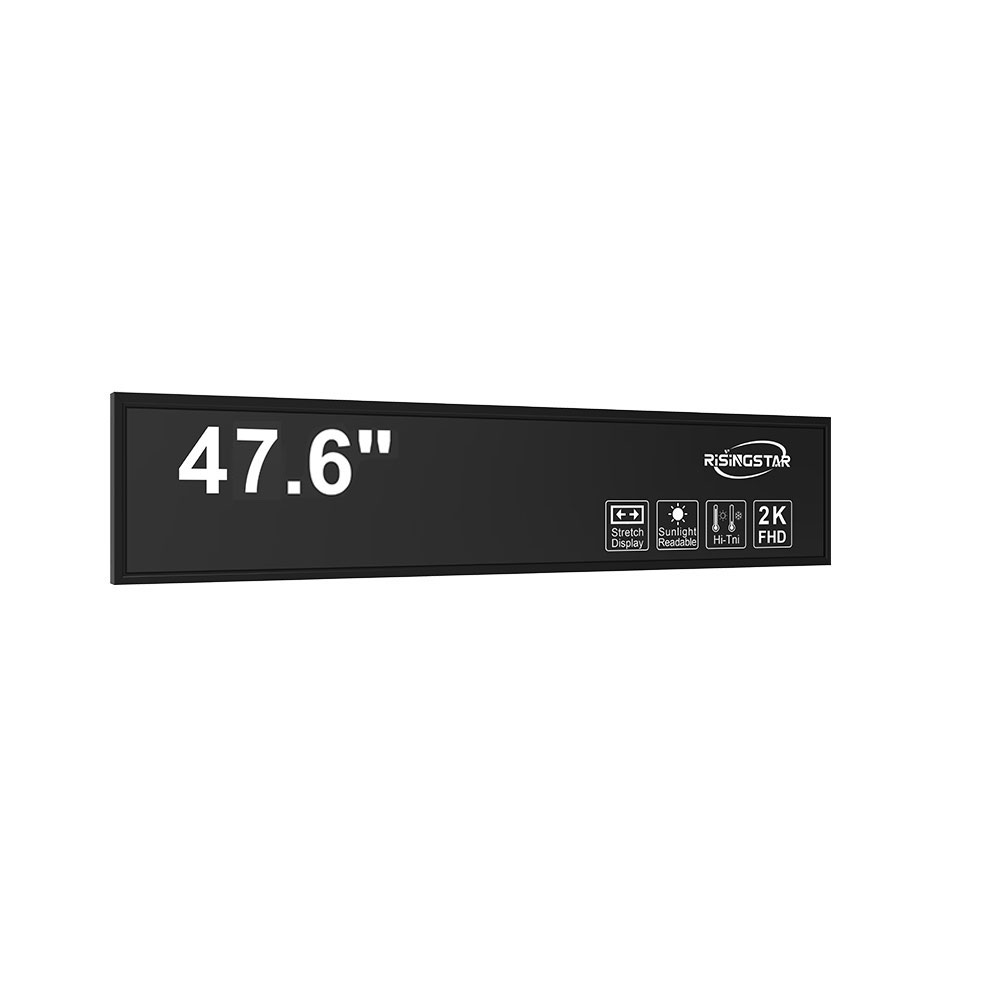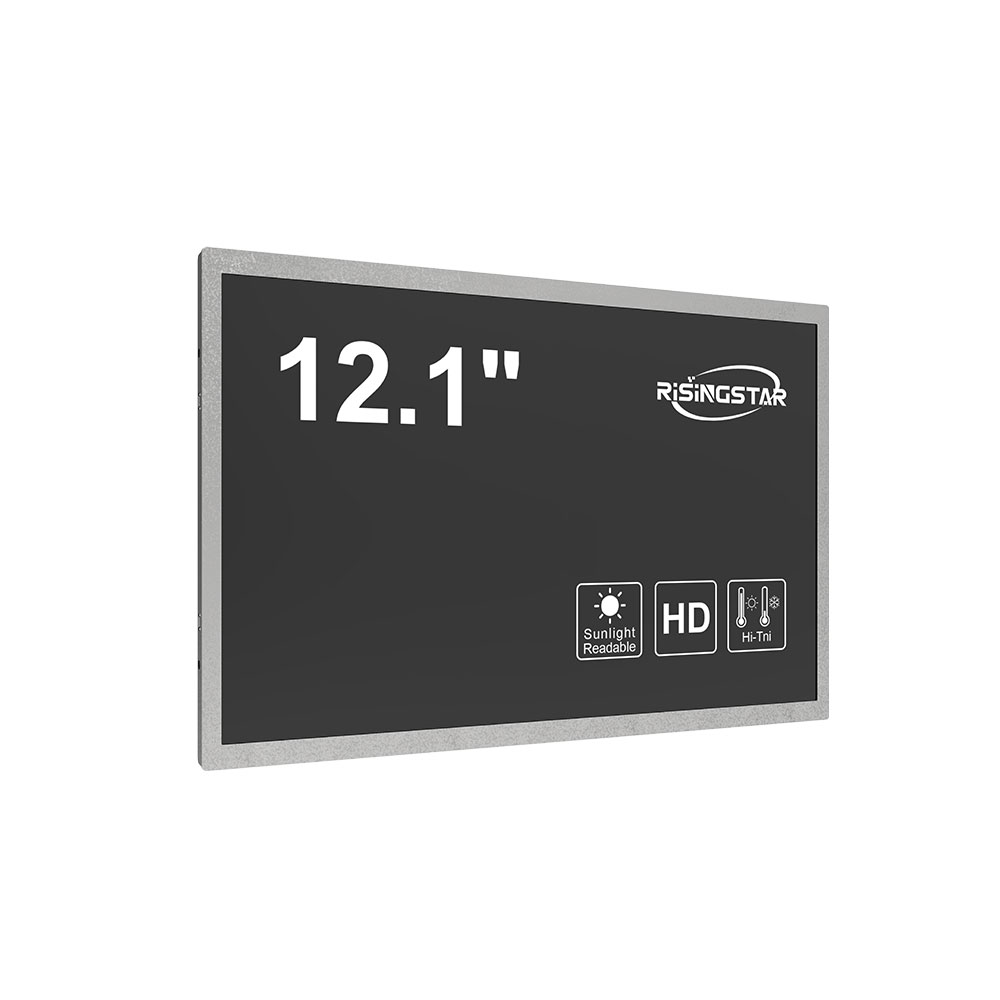- Home
- About Us
- Products
- News
- Video
- Contact
- Send Inquiry
Search
- Home
- About Us
- Products
- News
- Video
- Contact
- Send Inquiry

When deploying outdoor LCD screens for digital signage, public information systems, or industrial monitoring, environmental resilience is not optional—it’s a requirement. One of the most critical specifications for outdoor displays is the Ingress Protection (IP) rating, particularly IP66. This standard ensures that the screen can withstand harsh weather conditions, including heavy rain, dust accumulation, and high humidity—without compromising performance or longevity.
An IP66 rating means two things:

- First Digit “6”: Complete protection against dust ingress. Dust is a silent killer of electronic components—it can clog ventilation systems, cause overheating, and lead to premature failure. A true IP66-rated screen uses sealed enclosures, gaskets, and internal filters to prevent any dust from entering the unit.
- Second Digit “6”: Protection against powerful water jets from any direction. Unlike lower ratings such as IP54 (which handles splashing water), IP66 is tested under controlled high-pressure water spray conditions—typically 12.5 liters per minute at 100 kPa pressure—for at least 3 minutes from all angles. This simulates real-world scenarios like stormwater runoff, car washes, or accidental hose exposure.
Field testing by leading manufacturers like LG, Samsung, and PHLI has shown that IP66-rated outdoor LCDs maintain consistent brightness, color accuracy, and touch responsiveness even after prolonged exposure to rain and wind-driven dust. For instance, a case study from a highway information system in northern Germany revealed that IP66 screens operated continuously for over 3 years without a single failure due to moisture ingress—even during winter snowstorms.

From an engineering standpoint, achieving IP66 requires more than just sealing the housing. It involves:
- Using UV-stabilized polycarbonate or aluminum enclosures with reinforced seams
- Integrating desiccant air vents to manage condensation
- Employing conformal coatings on PCBs to resist corrosion
- Conducting rigorous MIL-STD-810G vibration and shock tests
The IP66 rating also aligns with international standards such as IEC 60529 and EN 60529, which are recognized globally for industrial-grade electronics. For businesses seeking compliance with safety regulations in Europe, North America, or Asia-Pacific, IP66 provides certified proof of durability.
In summary, IP66 waterproofing isn’t just a marketing claim—it’s a technical benchmark that directly correlates with uptime, maintenance costs, and return on investment. When selecting outdoor LCD screens, prioritize this rating to future-proof your deployment against unpredictable weather and demanding environments.